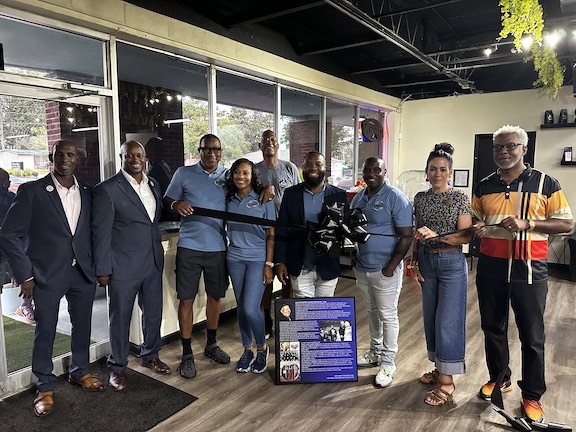RENATE MILNER: The vital link between archives, museums, and old buildings
Published 7:00 am Monday, May 20, 2024
When historic preservation is mentioned, many minds conjure images of stately old homes, cobblestone streets, and grand architectural marvels. However, beyond the facade of these structures lies a deeper, often overlooked aspect of historical preservation: archives and museums. These institutions serve as guardians of our collective memory, preserving not just buildings but also the stories, artifacts, and documents illuminating the past. The relationship between archives, museums, and old buildings is mutually beneficial, each playing a crucial role in ensuring that the rich tapestry of history remains intact for future generations.
Archives and museums are treasure troves of knowledge, housing a plethora of documents, photographs, maps, and artifacts that provide invaluable insights into the past. These repositories serve as a bridge connecting us to bygone eras, offering glimpses into the lives of those who came before us. In the context of old buildings, archives, and museums play a pivotal role in preserving the history and heritage associated with these structures.
Trending
One of the most compelling reasons to preserve archives is the preservation of historical documentation. Documents, photographs, and maps often serve as the only remaining evidence of the age and development of old buildings and streets. Through these archival materials, historians and preservationists can trace a neighborhood’s evolution, uncovering forgotten stories and shedding light on the social, cultural, and economic forces that shaped its identity.
Moreover, archives and museums contribute to the preservation of intangible heritage — the traditions, customs, and collective memories passed down through generations. By safeguarding cultural artifacts and oral histories, these institutions ensure that the essence of a community’s heritage is not lost to the sands of time.
The importance of preserving archives and museums extends beyond mere historical curiosity; it is essential for fostering a sense of identity and belonging within communities. When residents engage with their local history through archival materials and museum exhibits, they develop a deeper appreciation for their heritage.
Residents should recognize that they are custodians of their collective history and have a responsibility to safeguard it for future generations. Whether through volunteering at local archives, supporting museum initiatives, or advocating for the preservation of historic buildings, every individual can contribute to the preservation of their community’s heritage.
The preservation of old buildings goes hand in hand with the conservation of archives and museums. Historic structures are tangible links to the past, offering physical manifestations of bygone eras. By preserving these buildings, we maintain our heritage and create spaces where archival materials and museum exhibits can come to life, enriching our understanding of history.
The relationship between archives, museums, and old buildings is one of interdependence and mutual enrichment. By preserving archival materials, museums ensure that the stories of old buildings are not forgotten, while the preservation of old buildings provides a tangible backdrop for the artifacts and documents housed within archives and museums.





